Australian Shepherds are an energetic and intelligent breed known for their versatility as farm dogs, show dogs, and even as family pets. Due to their active nature and larger size, their dietary requirements can be a bit more than other breeds. In this article, we will delve into the specifics of feeding an Australian Shepherd, bearing in mind that the amount of food will differ based on the calories in the food, the dog’s age, activity level, and health.
1. Understanding the Breed
Australian Shepherds, often simply referred to as “Aussies,” are a herding breed. Originally bred for farm work, these dogs possess a high level of energy and need regular exercise to stay happy and healthy. On average, a male Aussie weighs between 50-65 pounds, and females usually weigh between 40-55 pounds.
2. Age Matters: Puppy, Adult, and Senior Nutrition
Puppy: A growing Australian Shepherd puppy has different nutritional needs than an adult. During their rapid growth phase, which lasts until about eight months of age, puppies should be fed specially formulated puppy food. You can expect to feed them anywhere from 1 to 2 cups of food, spread over 3-4 meals a day.
Adult: As adults, their metabolism stabilizes, and they require less fat and more fiber. Typically, an adult Australian Shepherd will consume about 2 to 2.5 cups of high-quality dog food daily, divided into two meals.
Senior: As your Aussie reaches its golden years, its activity levels might decrease. Senior Australian Shepherds might require fewer calories, and you might need to adjust their intake to around 1.5 to 2 cups daily, based on their health and weight.
3. Activity Level is Key
Due to their herding background, Aussies are high-energy dogs. An active Aussie that gets a lot of exercise, like one participating in agility or other dog sports, might require more calories than a more sedentary dog. Adjust their food intake accordingly, and always monitor their weight.
4. Types of Food: Dry, Wet, and Raw
Dry Food: Kibble is a popular choice due to its convenience and the dental benefits it offers. When selecting a brand, choose one that lists a quality protein source as the first ingredient.
Wet Food: This can be more palatable for some dogs and offers hydration benefits. However, it can be more expensive than kibble.
Raw Diet: Some Aussie owners prefer a raw or “BARF” diet (Biologically Appropriate Raw Food). This approach requires careful planning to ensure the dog receives all necessary nutrients.
5. Monitoring Weight and Adjusting Portions
Always be observant of your Aussie’s body condition. You should be able to feel but not see their ribs, and they should have a noticeable waist when viewed from above. Adjust food portions if you notice weight gain or loss.
6. Cost of Feeding an Australian Shepherd
The monthly cost of feeding an Australian Shepherd varies based on the type and brand of food you choose. On average, feeding a high-quality kibble might cost between $40 to $70 per month, depending on the brand, ingredients, and region. Wet food and raw diets might be more expensive.
7. Treats and Extras
While treats are an excellent tool for training and bonding, they should not make up more than 10% of your Aussie’s daily caloric intake. Always choose treats that are appropriate for their size and provide them in moderation.
8. Always Provide Fresh Water
Ensure your Australian Shepherd always has access to fresh, clean water. Regularly clean their water bowl and refill it as necessary.
Our 5 Top Foods for Australian Shepherds
The diets were selected by our founder Justin Palmer, a certified canine nutrition expert, specifically with Australian Shepherds in mind:
Conclusion
Feeding your Australian Shepherd the right amount and type of food is crucial for their overall health and well-being. By understanding their unique needs and adjusting their diet according to their age, activity level, and weight, you ensure that your Aussie stays fit, happy, and healthy for years to come.
Frequently Asked Questions About Feeding an Australian Shepherd
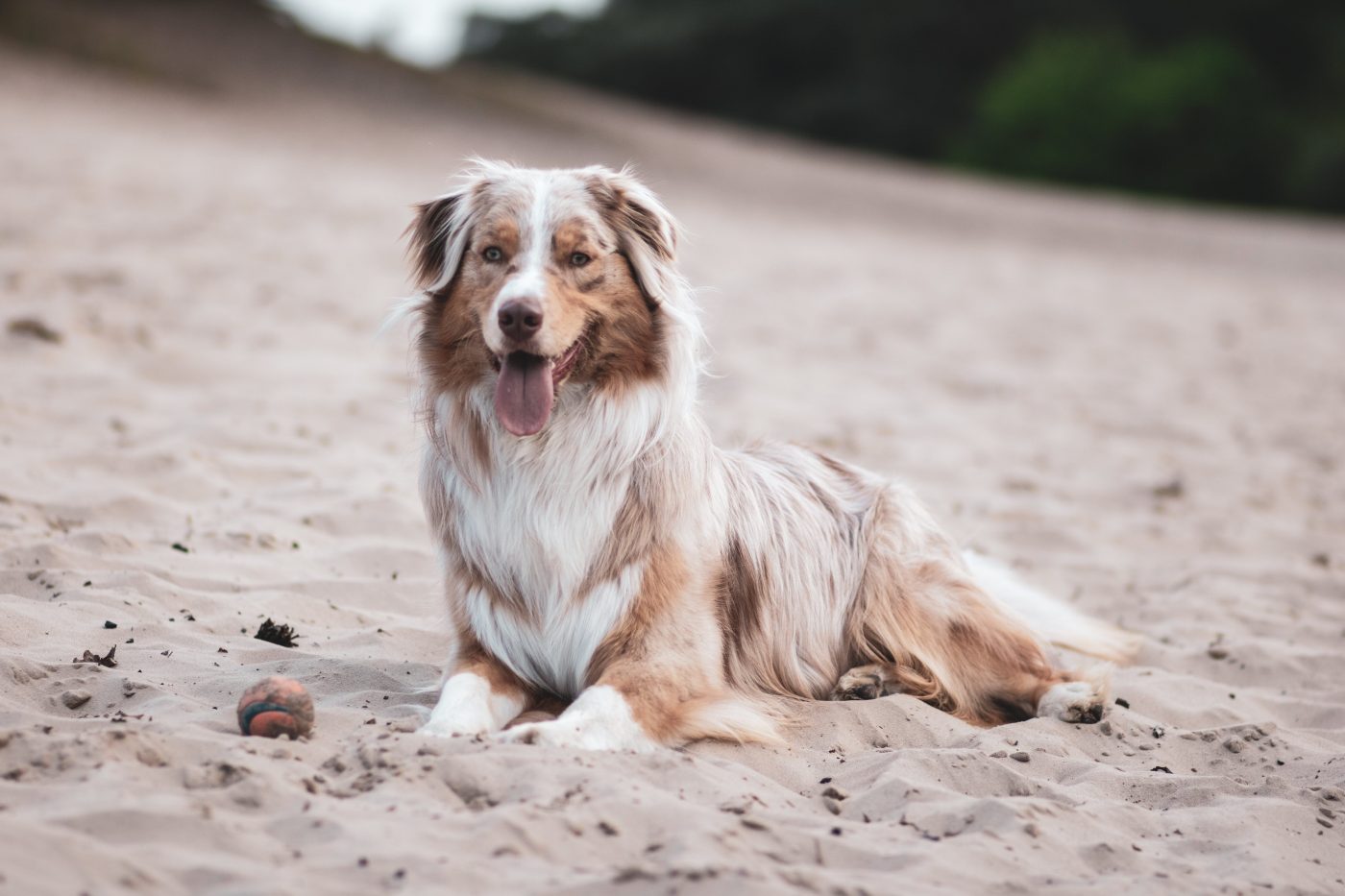
1. How often should I feed my Australian Shepherd puppy?
Australian Shepherd puppies have a high metabolic rate and need frequent feedings. It’s recommended to feed them 3-4 times a day until they are about eight months old. After that, you can reduce their meals to twice daily as you transition them to adult dog food.
2. Can Australian Shepherds eat grain-free dog food?
Yes, Australian Shepherds can eat grain-free dog food. However, it’s essential to choose a high-quality brand that provides all the necessary nutrients. Always consult with your vet before making significant changes to your dog’s diet, especially with recent concerns about grain-free diets potentially leading to heart issues in some dogs.
3. How can I tell if my Aussie is overweight?
An overweight Aussie might not have a visible waist when viewed from above, and you might not be able to feel their ribs easily. Regular vet check-ups are crucial, as the vet can provide guidance on your dog’s ideal weight and body condition.
4. What human foods are safe for Australian Shepherds?
While many human foods are safe for Aussies in moderation, such as carrots, blueberries, and plain cooked chicken, always avoid toxic foods like chocolate, grapes, onions, and xylitol-containing products. Always introduce new foods in small amounts and observe for any allergic reactions.
5. Is it okay to feed my Australian Shepherd a vegetarian or vegan diet?
Dogs are omnivores, and while it’s theoretically possible to feed them a vegetarian or vegan diet, it requires careful planning to ensure they receive all essential nutrients. If you’re considering this, consult with a vet or canine nutritionist to create a balanced diet plan.
6. Do Australian Shepherds have any common food allergies?
Like many breeds, Aussies can develop food allergies or intolerances. Common allergens might include beef, chicken, corn, wheat, soy, and dairy. If you suspect an allergy, consult with your vet to determine the cause and adjust your diet accordingly.
7. Can I give my Aussie bones or rawhides to chew on?
While many dogs enjoy chewing on bones or rawhides, they can pose choking hazards or cause digestive blockages. Always supervise your Aussie when giving them chews and choose products designed for their size. Alternatively, consider safer chew toys or dental chews.
8. How much water should my Australian Shepherd drink daily?
Water intake varies based on activity level, diet, and weather. Ensure your Aussie has constant access to fresh water. Typically, a dog should drink between 0.5 to 1 ounce of water per pound of body weight daily.
9. Are there any supplements I should give my Australian Shepherd?
While a balanced diet should provide all necessary nutrients, some owners give supplements like fish oil for skin and coat health or glucosamine for joint health. Always consult with your vet before introducing any supplements.
10. My Aussie is very active; should I feed them performance dog food?
For Australian Shepherds that participate in high-energy activities like agility or herding, a performance dog food that offers higher calorie content might be beneficial. These formulations provide the extra energy active dogs need. However, ensure you’re not overfeeding and adjust portions based on their activity and body condition.
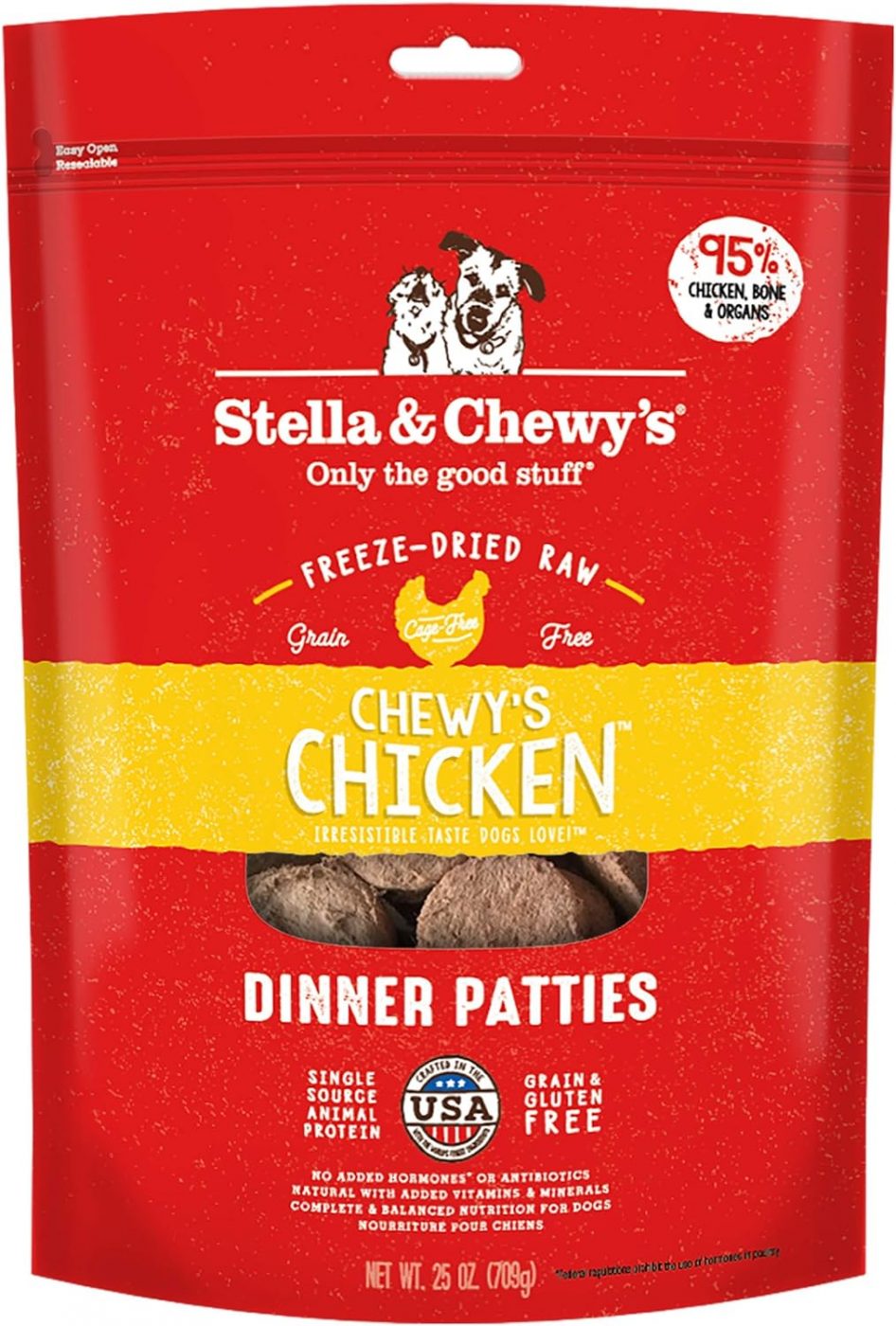
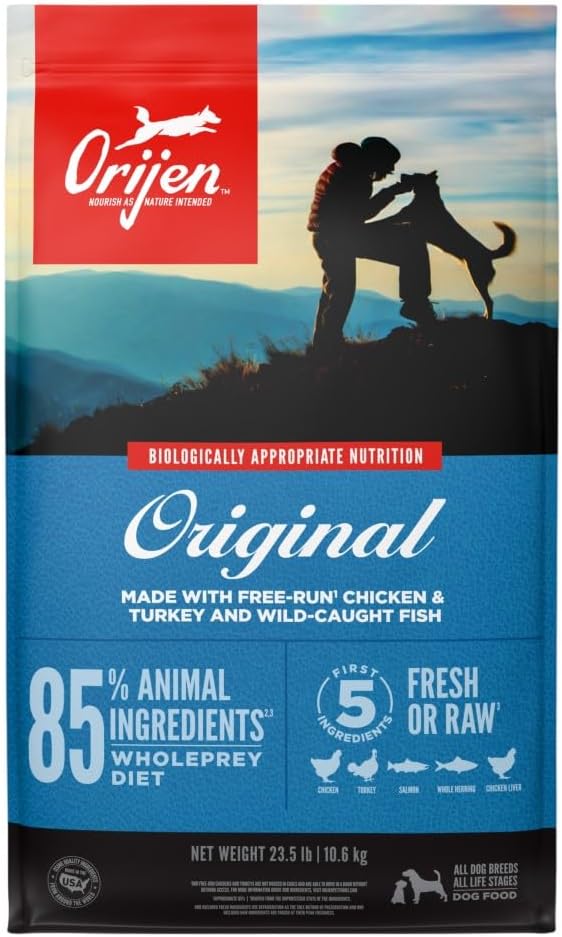
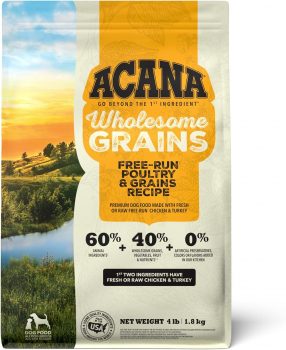
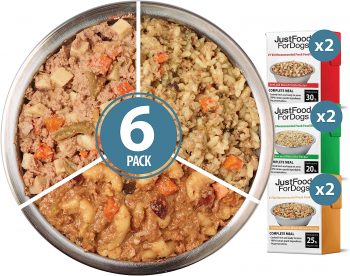
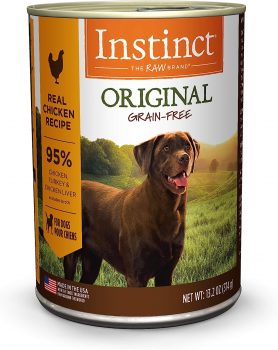
 Toledo, United States.
Toledo, United States.